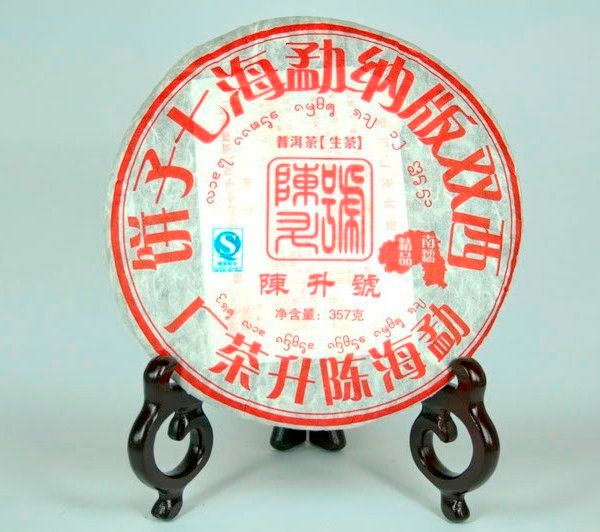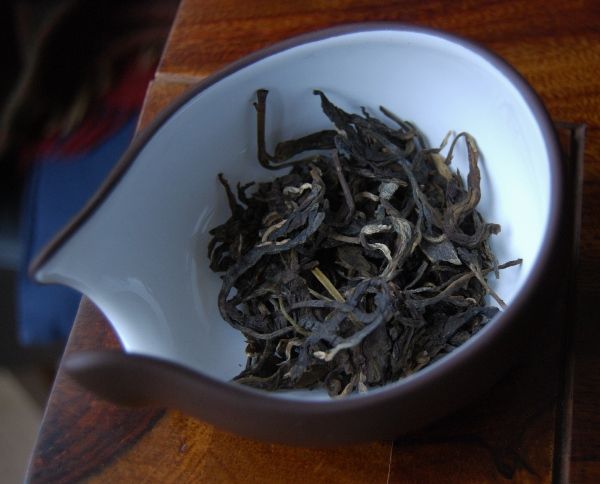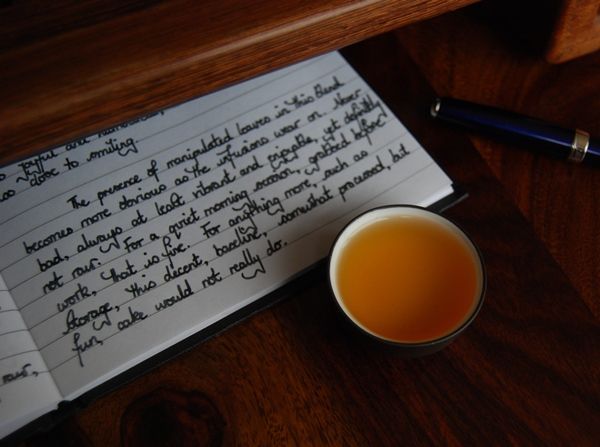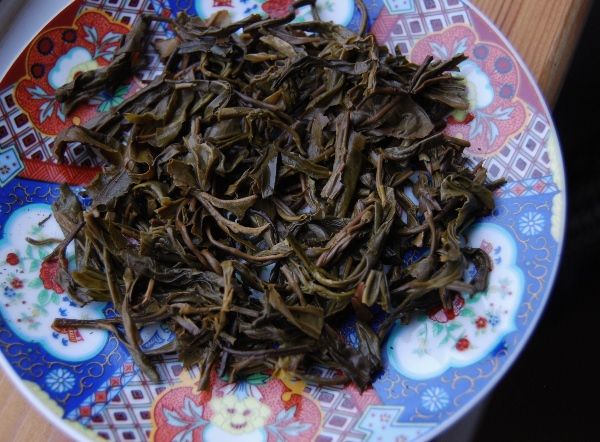How often do you have proper tea sessions? That is, sitting down at the tea-table, and giving the tea your full attention, and "doing it properly"?
First thing Saturday and Sunday morning are guaranteed tea sessions, for me. Every now and again I'll take the opportunity to dip into something during weekdays, but the demands of daily work typically prevent it. (In my office, I have a very low-maintenance set-up for brewing a random maocha in the background, while I get on with my tasks, but that couldn't really be described as a tea session.)
Sitting at the tea table becomes valuable time, which I appreciate greatly, perhaps for its increasing rarity.
After a few deadlines have passed, I find myself with no early meetings on this weekday morning, and so convince myself that I deserve to have a delayed start, and enjoy a tea session instead of beginning my day early.
Seeing as it's a weekday, I won't dig into something more precious. I leave older teas for those week-end morning sessions, where time is less tight. Today, I'm after a more down-to-Earth tea.
I select the 2008 Chenshenghao "Nannuo", a sample of which was generously provided by Jongky of Red Lantern. I appreciate the selection of Changtai productions at Red Lantern, and have written about many of them. My only previous article on Chenshenghao was the 2008 "Yiwu Dashu" [big tree], which I thought was a little tweaked and processed.
Chenshenghao is one of Jongky's confessed favourite brands, and they do seem to look after their leaves properly. Shown above, the long leaves of the Nannuo cake are moderately compressed, and have a healthy shine to them.
Do you detect a little redness in the leaves shown above? While some are good and green, there is a definite component of red leaves in the blend, which can be a reliable tactic for producers that are hoping to diminish the raw edge from maocha, and make things a little more accessible.
The soup isn't as orange as the above photograph would have us believe, but it isn't yellow. The mixture of raw and red leaves is obvious in the aroma (clean sweetness + an additional caramelised component), and in the mouth (fresh, floral, grainlike rawness, with kuwei + a rounded, darkened addition to the back end).
The presence of manipulated leaves in this blend becomes more obvious as the infusions wear on. Never bad, always at least vibrant and enjoyable, it is definitely not raw. For a quiet morning session, grabbed before work, that is fine. For anything more, such as storage, this decent, baseline, somewhat processed, but fun, cake would not really do.
At $25, it is priced just about right. If you have room on your shelves for a potent, ever-present, interesting drink-it-now tea, this is a well-priced example that I found to be satisfying enough. If, like me, you have enough of that particular type of puer'cha, then these are not the droids you're looking for.






2 comments:
Beautiful photos on this post. I've never heard of Red Lantern before but am encouraged to try them out with your recommendations on this post.
I am very much behind the concept of mindfully enjoying tea. It's usually an accompaniment to a primary activity, but on a quiet weekend morning, I love the idea of devoting full attention to the tea that I'm enjoying.
Dear Amanda,
Thanks for the reply; as with all vendors, I'm sure some products will be better than others. At Red Lantern, I really appreciate the Changtai selection.
All the best,
Hobbes
Post a Comment